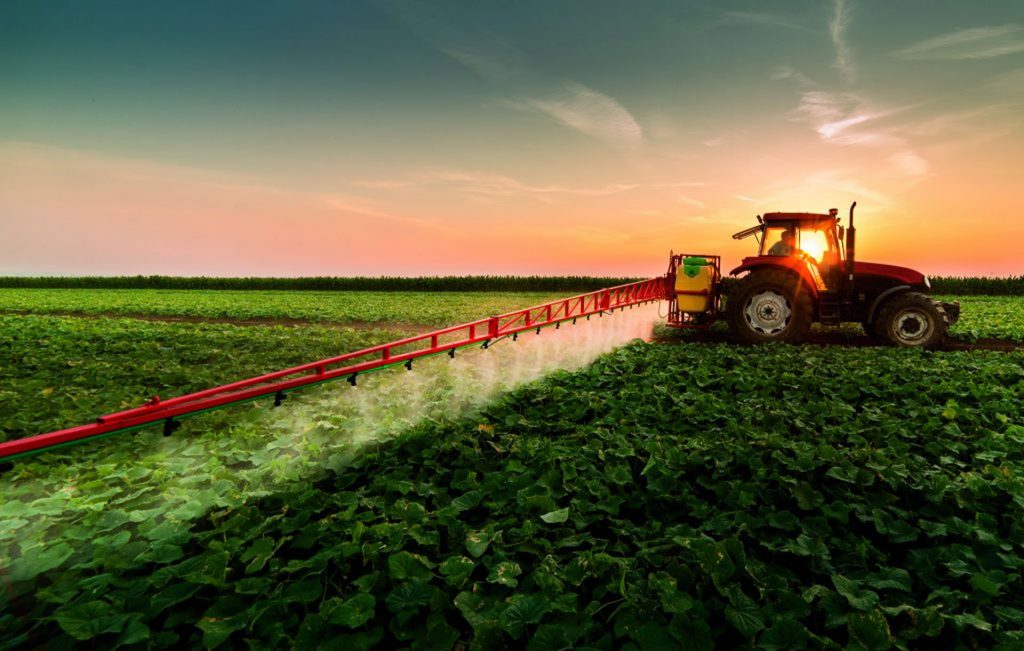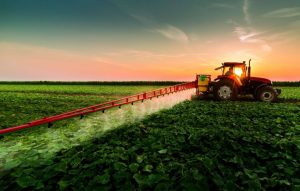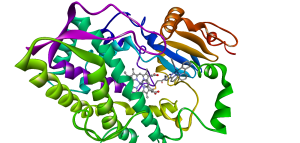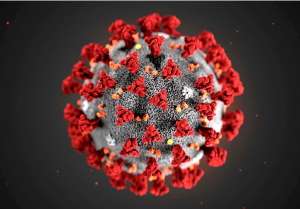Instituto de Pesquisa Ambiental da Amazônia (IPAM) states that agrochemicals, also known as pesticides, are products intended to control organisms considered pests, which can be harmful to human health and to beings involved in livestock farming, such as cattle or crops. These pesticides can be classified as chemical, physical or biological.
Classification of Agricultural Pesticides
The classification of agrochemicals, according to their objective, are:
- Herbicides: Plant control.
- Insecticides: Insect control.
- Other types include fungicides, acaricides, among others.
Furthermore, chemicals used to accelerate the metabolism of plants are also considered agricultural pesticides.
Composition and Importance of Active Ingredients
On the market, these products are generally available as chemical products, containing one or more active ingredients (the main molecule that provides the desired action) and inert components, which stabilize the active ingredient and facilitate its action. Furthermore, knowing the active ingredients in depth is crucial to formulating effective pest control products. This not only helps prevent poisoning in humans, but also minimizes damage to the environment.
Technology and Safety in the Formulation of Pesticides
Pesticide formulators and manufacturers must use available technology and science to create products with the lowest possible intoxicating capacity. Agronomists, producers and inspection agencies prefer products classified as “low toxic” and “low environmental hazards”. Furthermore, detailed technical information about the active ingredient helps with compatibility with inert components, which makes the final formulation stable for longer periods.
For more information, see the source:
SCHIESARI L. Defensivos agrícolas: Como evitar danos à saúde e ao meio ambiente. 2012. Acesso: 14/12/2022.






